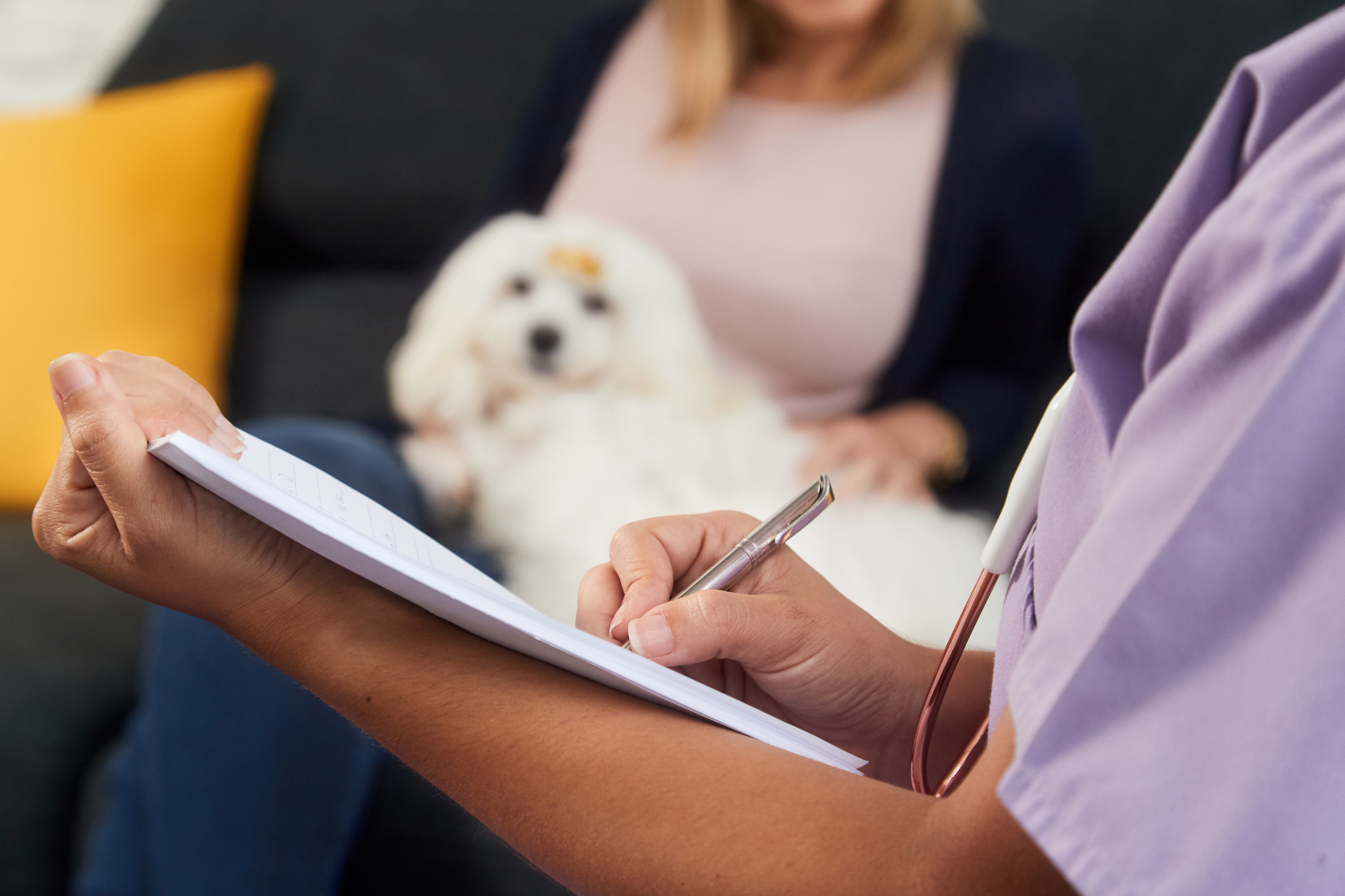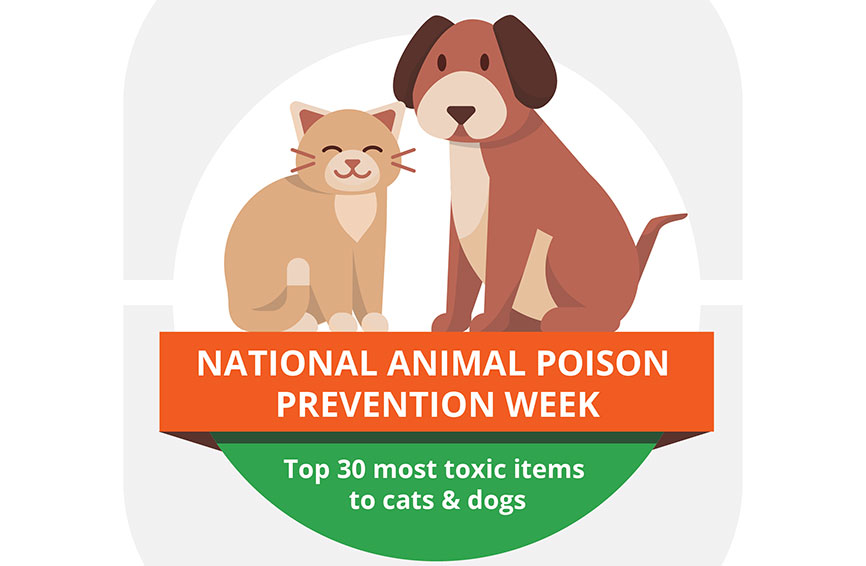Table of Contents
Since the era of antibiotic usage began in the 1940s (approximately a decade after Sir Alexander Fleming discovered penicillin), antibiotics have transformed the practice of both human and veterinary medicine. They have allowed physicians and veterinarians to combat bacterial infections and save countless lives in the process.
However, it wasn’t long before bacteria started developing resistance to antibiotics, meaning that the bacteria could survive in the face of antibiotics and continue to grow. Fast forward to now, when antibiotic resistance is considered to be a public health threat for humans and our beloved pets. Combating this resistance is essential to ensuring that antibiotics can continue being used to fight bacterial infections.
What Causes Antibiotic Resistance?
Antibiotic resistance in pets mirrors that seen in humans, and has similar causes. The incredible success of antibiotics has led to their overprescription and subsequent overuse. This overprescription is a major contributor to antibiotic resistance in pets.
Inappropriate use of antibiotics in pets has also contributed to antibiotic resistance. For example, antibiotics have been frequently prescribed to treat viral infections, although viruses cannot be killed by antibiotics. Also, pet parents may not give their pet the entire dose of prescribed antibiotics, meaning that all of the bacteria are not killed; the surviving bacteria can then develop resistance and even share their newly-minted ‘resistance’ genes with other bacteria.
In addition, veterinarians sometimes prescribe an antibiotic without first determining which antibiotic would actually be most effective against the bacteria causing the infection. Called ‘empiric antibiotic therapy,’ this can also lead to not all bacteria being killed.
Pets with certain medical conditions, like diabetes, are predisposed to chronic bacterial infections that require frequent antibiotic treatment. This frequent use of antibiotics increases the risk of antibiotic resistance.
Interestingly, our close relationship with our pets also contributes to antibiotic resistance. Studies have demonstrated that humans can transfer antibiotic-resistant bacteria to pets. Although the risk of this transmission is low, it is still a troubling possibility.
Examples of antibiotic-resistant bacteria include methicillin-resistant Staphylococcus aureus (MRSA) and extended-spectrum beta-lactamases (EBSL). EBSLs are a form of E. coli that are resistant to multiple antibiotics.
What are the Consequences of Antibiotic Resistance?
Antibiotic resistance in pets has reached alarmingly high levels. It limits the number of antibiotics that can be used to treat infections, leaving veterinarians with an ever-decreasing arsenal of effective antibiotics.
Antibiotic-resistant bacterial infections are difficult and costly to treat. These infections, often on the skin or in the digestive or respiratory tracts, require the use of expensive and powerful antibiotics that can seriously damage a pet’s liver and kidneys while killing the bacteria.
What Can We Do?
Veterinarians and pet parents play important roles in combating antibiotic resistance in pets. Here are two important things that you can do:
- Give your pet the entire dose of prescribed antibiotics. It can be tempting to stop antibiotic treatment at home when your pet starts to look and feel better. However, prematurely stopping antibiotic treatment means that not all bacteria will be killed, leaving the surviving ones to develop antibiotic resistance. Give your pet the full dose to ensure that all bacteria are killed.
- Do not ask for antibiotics to treat a fungal or viral infection. Fungal and viral infections do not respond to antibiotics. To reduce the inappropriate use of antibiotics, do not ask for antibiotic treatment if your pet does not have a bacterial infection.
Below are a few strategies that veterinarians can use to fight resistance:
- Performing culture and sensitivity (C&S) testing. C&S testing is used to determine which bacteria are causing the infection (‘culture’), then determine to which antibiotics those bacteria are most susceptible (‘sensitivity’). This testing, although time-consuming, ensures that the most appropriate antibiotic is being prescribed for a particular bacterial infection, and at the appropriate dose. Although prescribing an antibiotic without first performing C&S testing is quicker for busy veterinarians, C&S testing is an essential component of preventing antibiotic resistance in pets.
- Following clinical guidelines. Veterinary guidelines have been established that advise veterinarians on how to appropriately use antibiotics to treat different types of bacterial infections (urinary tract infections, skin infections, etc.). Following these guidelines reduces inappropriate antibiotic usage.
- Considering other therapeutic options. Antibiotics may not be the only option to treat bacterial infections. By considering non-antibiotic treatment options, veterinarians can reduce antibiotic usage and minimize antibiotic resistance. Ask your vet about what these options are and their efficacy before administering any treatment.
Antibiotic resistance in pets is a complex problem with no easy, one-size-fits-all solution. However, we can all do our part to practice appropriate antibiotic usage and preserve the use of this important treatment option for our pets.
The content is not intended to be a substitute for professional veterinarian advice, diagnosis, or treatment. Always seek the advice of your veterinarian or other qualified health provider with any questions you may have regarding a medical diagnosis, condition, or treatment options.
If you love your pets like family, you want to protect them like family. By enrolling in pet insurance, you can save up to 90% on vet bills which means saying “yes” to life-saving treatments, no matter the cost. If you’re not a part of our pack, start by getting a free quote.






